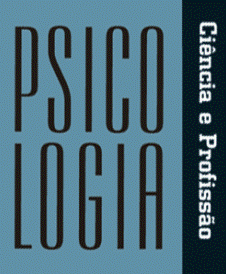Abstract
This article is part of a broader intervention research conducted at a Custody and Psychiatric Treatment Hospital (HCTP). This study aimed to (a) map the processes of subjectivation in art and mental health in the daily life of patients of the HCTP; (b) to map the production of incarcerated subjectivities and its effects on subjectivation modes; and (c) to analyze subjection and resistance modes as a result of the production of incarcerated subjectivities. Data was collected using cartography and relational art objects in conversation circles and tale tents, based on the narratives of “patients”, correctional officers and technicians of the custody unit. According to the cartographic analysis, patients problematize the subjection modes of the institutions responsible for producing their incarcerated subjectivities, especially in regard to the medical power that gets to decide who is apt for life in “freedom”. Patients also showed resistance towards producing incarcerated subjectivities, mainly considering the excessive medicalization and major limitations in the healthcare provided by HCTP. The results indicate that “patients”, penitentiary agents, and even cartographers perceive the HCTP as a prison (Judicial Asylum) rather than as a hospital. Each participant is not only a prisoner who use psychotropic drugs, but also a subject capable of testifying the failure/success of the psychiatrization of madness.
Keywords:
Mental Health; Custodied Subjectivities; Judiciary Asylum; Art
